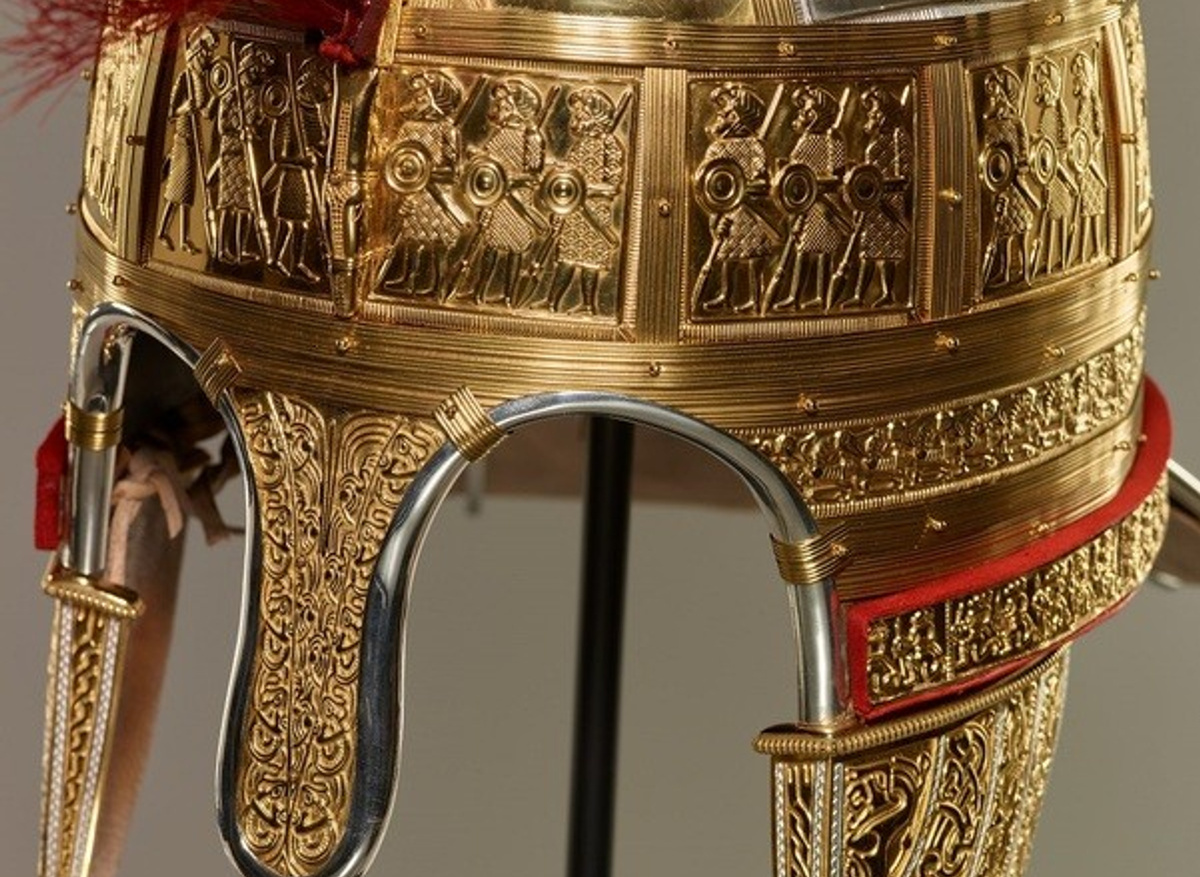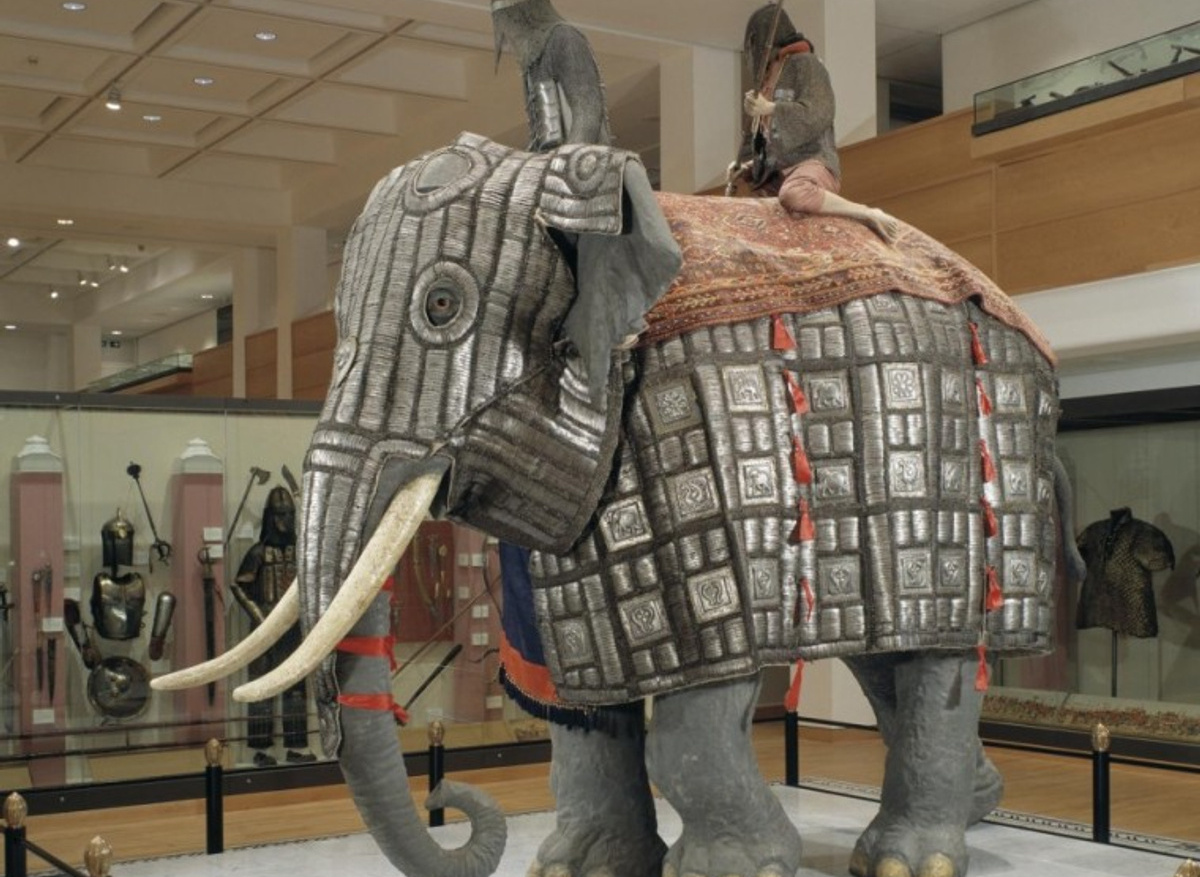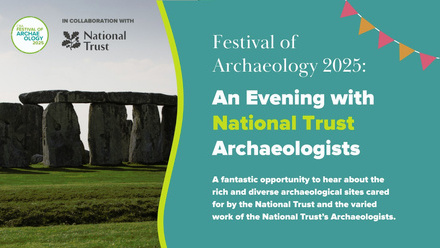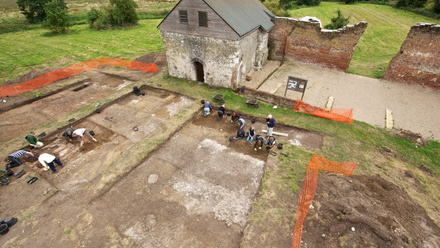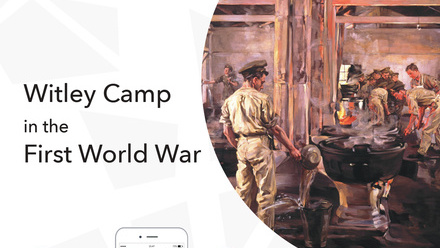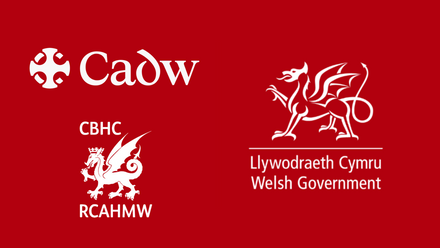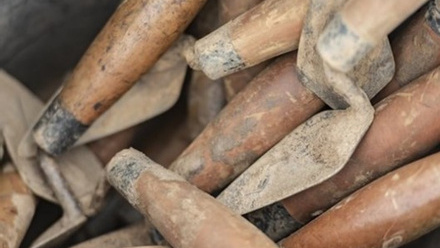"Is it real?" This is a question that I have often heard when teaching in museums. It is a also a frequent query from children and adults alike participating in archaeological handling sessions. All the objects used are of course "real" and not imaginary, otherwise they could not be handled, but that is not the underlying question that is being asked. Rather "Is it real?" should be interpreted as "Is it original?" In other words "have people in the past actually made, touched and/or worn this object? "
The tactile experience of handling objects is undoubtably an important part of the "tool kit" of the museum educator, as it is only by handling objects that the real qualities of the object can be understood. Descriptions of objects, or even photographs, although useful, cannot alone effectively communicate the physical properties of an object. Neither can viewing an object distantly through glass within a museum display effectively communciate how that object would have felt to be carried, worn or held by peoples in the past. Only first hand direct tactile contact with objects can evoke a deeper understanding of the ways in which they were used.
Original objects can often be fragile and cannot always be handled by visitors as this would effectively destroy the objects. As the core rationale of museums is to preserve the past for future generations, the first priority is of course to preserve and conserve the objects in their care. Many museums therefore also have replica handling collections. Working in the Royal Armouries Museum, Leeds, with arms and armour for many years I used a large handling collection of replica and original objects with adults and children in a variety of different activities and handling sessions. Using replicas enabled participants to experience the weight of a mail shirt on their shoulders and appreciate the importance of wearing a belt to take up some of the weight of the mail, as well as the need for padded underwear. Wearing a sallet helmet with a gorget also helped visitors to understand how knights in the past had restricted fields of vision and how that dictated their actions on the battlefield. However, whilst useful to enhance understanding of the realities of the lives of medieval knights and footsoldiers, replicas are not "real". They have a place in helping us to understand the past, but they are not actually from the past. They are in effect not original and therefore not "real".
Sometimes "real" or original objects can be used in handling sessions, and this creates a totally different dynamic between learners/visitors and the objects that they handle. When told that these objects are indeed "real", or original, and that people in the past did indeed make, handle or wear the objects, adults and children alike begin to treat the object/s with reverence. Of course wearing a pair of cotton gloves to handle the metal objects always helps to enhance the status of the artefacts- but that sense of awe and wonder, of "otherness", was always there when adults and children handled or even just touched "the real thing".
To know that people in the past touched the same object that you can touch today is a very powerful piece of knowledge-in fact it is transformative. Museum educators have long known that kineasthetic learning, or handling objects, is an important way to understand how objects were used by peoples in the past. Handling replica objects enables functional understanding of the ways in which objects were used or worn. Handling original objects transforms this learning experience into direct physical connection with our generic ancestors. It adds another conceptual layer to our understanding of the past and gives us a sharper sense of a "real" connection with those peoples.

